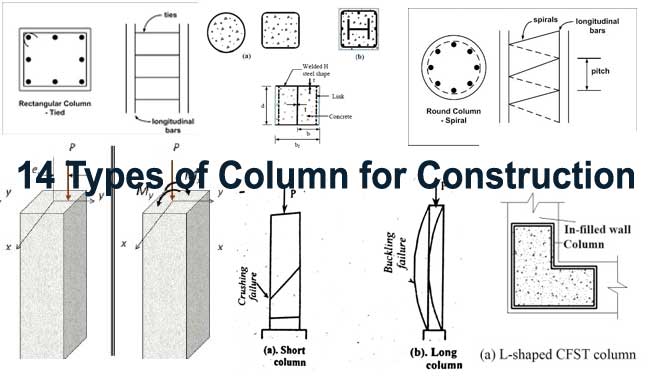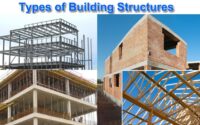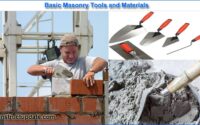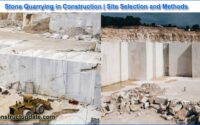Building Construction Columns and Their Different Types
There are different varieties of columns used in different parts of a building or structure. The column is actually a vertical structure used in construction mainly to carry loads compression. It helps to transfer a load of a ceiling, floor slab, roof slab, or a beam, to the floor or foundations.
Also, columns carry the load of the cross-sectional area. This article is a detailed description of different types of columns used in building construction.
Types of Columns in Building Construction
It is quite general that not a single type of column can hold the whole structure. Based on various conditions there are 5 types of columns used in building a structure.
- Types of Reinforcement
- Types of Loading
- Slenderness Ratio
- Shape
- Construction Material

Based on Types of Reinforcement
1. Tied Column
As the name suggests, this particular type of column is the result of closely spaced tie reinforcement. This type of column is generally constructed with reinforced concrete. It is estimated that 95% of all columns used in all buildings are tied column.
2. Spiral Column
Spiral column is also constructed with reinforced concrete. These columns are made in a manner where longitudinal bars are confined within closely spaced and continuously wounded spiral reinforcement. Spiral reinforcement provides lateral restrains (Poisson’s effect) and delays axial load failure (ductile).
3. Composite Column
This is generally a combination of the longitudinal and spiral column. When the longitudinal reinforcement is in the form of structural steel section or pipe with or without longitudinal bars, it is called a composite column.
This type of columns has high strength with a fairly small cross-section. It also exhibits exhibit good fire performance.
Column Based on Types of Loading:
1. Axially Loaded Column
In an axially loaded column, the vertical axial load is on the centre of gravity of the cross-section of the column.
The axially loaded column is not very common in constructions as coinciding vertical loads on the centre of gravity of column cross-section is not practical.
Interior column of a multi-storey building with symmetrical loads from floor slabs from all sides is a classic example of this type of column.
2. A column with Uniaxial Eccentric Loading
In a uniaxial eccentric loading column, the vertical loads do not coincide with the centre of gravity of column cross-section. Here the vertical loads act eccentrically either on X or Y-axis.
A column with uniaxial loading is generally used in cases where columns are rigidly connected with a beam from one side only such as edge columns.
3. A column with Biaxial Eccentric Loading
In a biaxially eccentric loaded column, the vertical column does not coincide with the centre of gravity of the column cross-section and neither acts on either axis (X and Y-axis).
Columns with biaxial loading are common in corner columns with beams rigidly connected at right angles at the top of columns.
Columns Based on Slenderness Ratio:
1. Short Column
In a short column, the ratio of the effective length of the column to the least lateral dimension is less than 12. A short column fails due to crushing (pure compression failure).
2. Long Column
Unlike short column, in a long column, the ratio effective length of the column to the least lateral dimension exceeds 12. A long column fails due to bending or buckling.
Columns Based on Shape:
1. Square or Rectangular Column
These types of columns are generally used in the construction of buildings. It is much easier to construct and cast rectangular or square columns than circular ones because of ease of shuttering and to support it from collapsing due to pressure while the concrete is still in flowable form.
2. Circular column
These columns are specially designed for piling and elevation of the buildings.
3. L-Shape Column
As the name suggests, these columns are L shaped. Generally, L-shaped columns are utilized in the corners of the boundary wall. It has similar characteristics of a rectangular or square column.
4. T-Shape column
These T shaped columns are utilized based on the design requirements of a structure. T-Shaped column is widely used in the construction of bridges.
5. The shape of the Steel Column
There are different standards and built-up shape of steel columns. Common shapes of steel columns include I, channel, equal angle, and T-shape.
6. The shape of the Composite Column
Composite columns are a mixture of two different structural material, steel and concrete. Their designs are based on both steel and concrete columns.
Based on Construction Material :
Types of columns based on construction materials include
1. Reinforced Concrete, Steel, timber, Brick, Block, and Stone Column.
Columns are made of various structural materials such as reinforced concrete, steel, timber, brick, block and stone. So, as the structure demands according to that the material to be used in the column is decided.




